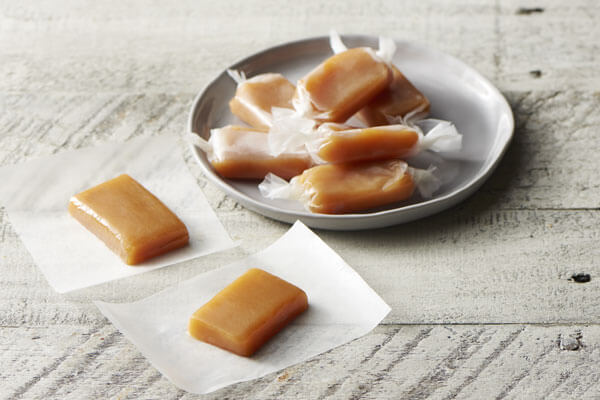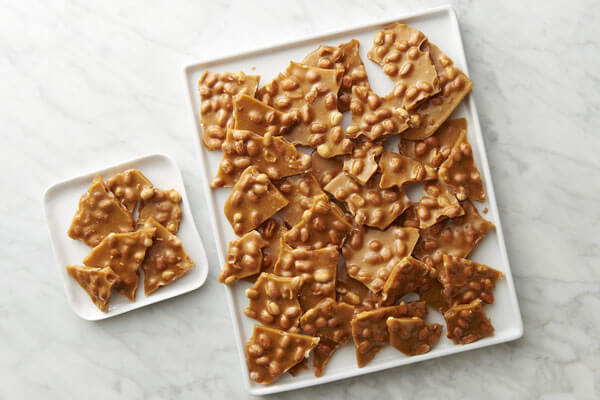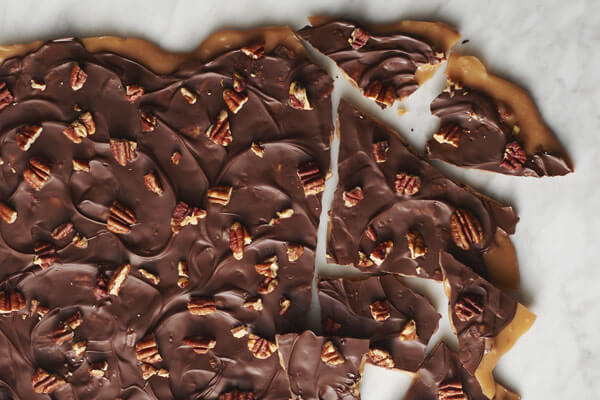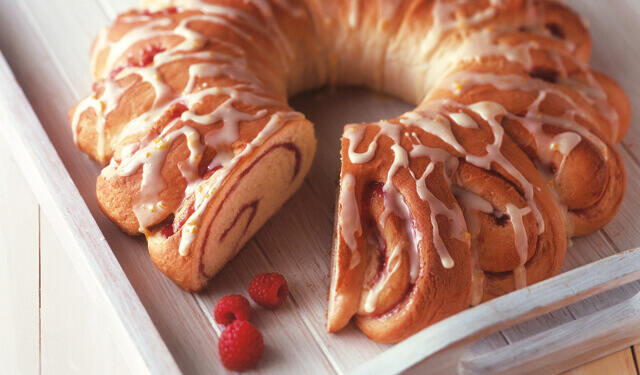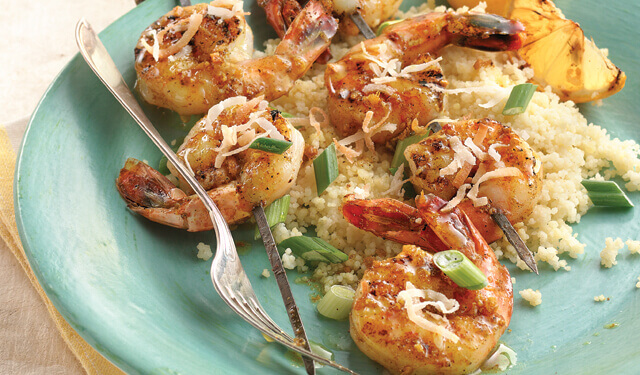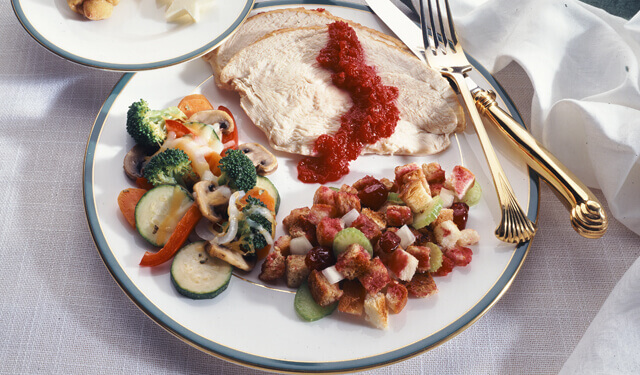

Candy Making 101
Fudge, toffee, nut brittle,… these traditional candies are perfect for holiday treat collections and easier to whip up that you’d think. Follow these expert tips to make your experience foolproof.
 by
Land O'Lakes Test Kitchen
by
Land O'Lakes Test Kitchen
 by
Land O'Lakes Test Kitchen
by
Land O'Lakes Test Kitchen
Candy Making Tips
Aunt Emily's Soft Caramels
- Use the freshest ingredients possible.
- Butter is best. Margarine and low-fat spreads do not result in the correct texture because of emulsifiers and other ingredients added to their formulas.
- Do not double candy recipes. Extra ingredients may prevent mixture from cooking properly.
- Choose a cool, dry day for candy making. Heat and humidity can interfere with the cooking process.
- Use the recommended size pan to prevent candy from boiling over.
- Use a heavy saucepan to help prevent scorching or burning.
- Stir candy mixture carefully and occasionally with a wooden spoon until final temperature is reached.
- Be patient; candy takes time to cook. Don’t rush things by turning up the heat.
- Handle candy only as much as needed when spreading it into pan to cool.
- Ensure your candy thermometer is accurate.
Testing Candy Thermometers:
- Place bulb of candy thermometer in pan with enough water to cover bulb. Bring water to a boil; let water boil several minutes. Be careful not to let bulb touch bottom of pan.
- Read temperature at eye level while thermometer is in water. It should read 212°F or 100°C while water is boiling.
- If thermometer does not measure temperature correctly, adjust candy temperature during cooking to reflect difference.
- Retest occasionally and adjust when necessary.
Golden Buttery Peanut Brittle
Troubleshooting
Following our tips will go a long way in ensuring success. Two of the most often-asked candy making questions involve fudge and toffee and we answer them here.
What should I do if I have sticky fudge?
-
Soft, sticky fudge is often the result of the mixture not being cooked long enough and to the correct temperature. Use a candy thermometer to make sure fudge has been cooked to the proper temperature.
What should I do if my toffee separates?
- Your first fix is continuing to cook the toffee as it may re-mix on its own.
- Didn’t work? Gradually and very carefully stir in about 1/4 to 1/2 cup hot water, 1 tablespoon at a time, while cooking, stirring well, until mixture goes back together. Add only enough water to bring toffee mixture back together; too much water will make candy sticky.
- Continue cooking toffee until proper temperature is reached.
- If weather is a factor, take these precautions to increase your chances of success: A cool, dry day is best for making candy. If it’s raining, you may need to cook candy to a temperature a degree or two higher than stated in recipe.
What about storage?
- Keep candies that absorb moisture (caramels, mints, hard candies, toffee) in separate containers from those candies that lose moisture (fudge, fondant, meringues). If you combine these types of candies during storage, hard candies will become sticky.
- Store toffee and nut brittles in airtight containers at room temperature.
- Allowing caramels to stand 24 hours before cutting makes them less sticky and easier to cut. Cut and wrap in plastic wrap or waxed paper. Store in refrigerator.
- Refrigerate fudge just until firm. Cut into squares and store in refrigerator.
- Most candies freeze well. First, wrap tightly in plastic food wrap or aluminum foil. Place label and date on container. To serve, thaw wrapped candy at room temperature for one to two hours.
Best Ever Butter Toffee
Share Your Thoughts
Did you find this article helpful? Has it inspired you? What else would you like to know?


